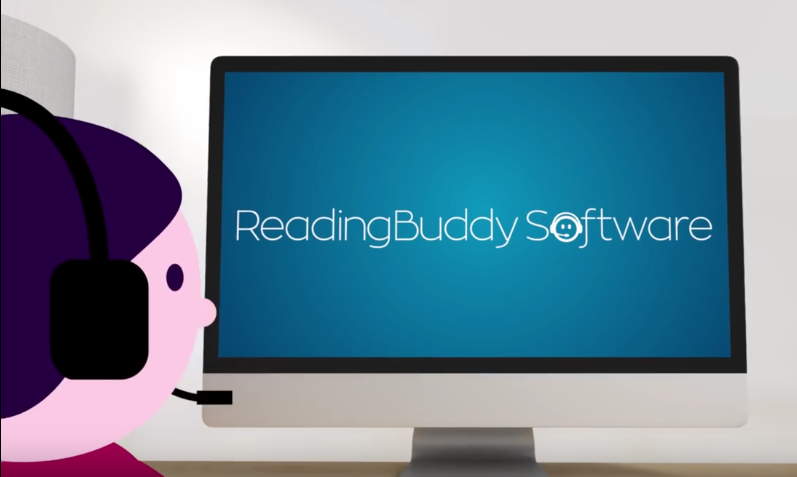
When her son was diagnosed with dyslexia, Ari Fertel started reading with him several times a day. Later, when she had four more children, she found they all had different reading levels, and it became a challenge to read with them all for the same amount of time.
Her son was later told he no longer had dyslexia, to which Fertel credited all the reading she did with him. And so began the nine-year process that would lead to the creation of Reading Buddy Software, the newest solution for families that want to help their children’s reading abilities and get them excited about reading in general. It is advanced speech-recognition technology that listens, responds and teaches as the child reads.
(Related: How to do software education right)
Fertel, a home-school mom who is now the president and founder of Reading Buddy, said that her personal experience with her son’s struggle with reading sparked the idea to create guided reading software. She thought that she could help other families who might not have the time to sit down with their child every night and simply read.
“Children really need to be sitting with someone—or something—and reading out loud,” said Fertel.
She said Reading Buddy is different than other guided reading programs because it is not prerecorded and actually responds to the child reading.
“This software is designed using all the research that we know about child development, and from neurology, leading scientists and professionals,” said Fertel.
Inside Reading Buddy
Reading Buddy Software uses its human-calibrated responsive speech-recognition technology that monitors a child’s reading. When a child struggles with a word, its fluency scoring radar (a patented pronunciation assessment engine) triggers a visual cue and encourages self-correction. When a child needs more help, the software steps in to help pronounce each word and teach how to say it correctly.
Reading Buddy Software also uses speech-recognition technology developed at SRI International.
Fertel and her husband Mort worked with Ken Spiegel, who did software development and maintenance. There were also Jon Duarte on user interface and design, and Shayna Eagle for customer service.
Spiegel played an important role in getting the software developed. He was able to license the speech recognition technology, and along with his team of engineers from his company, LanguaMetrics, he developed the software in three years.
“The unique aspect is the real-time speech-recognition capability,” said Spiegel. “As a child struggles on a word, the software realizes that’s a speech error and interjects and says the word for him, then waits for him to correct it.”
Another unique aspect of Reading Buddy Software is that it doesn’t matter if the child has an accent or a speech impediment. If a child’s first language is Spanish, he or she can look up a word in the Reading Buddy Software’s dictionary for a translation.
Currently, the stories are only in English, but Fertel hoped to add other languages to the software.
While there might be other speech-recognition toys on the market, such as the talking Barbie and Elemental Path’s CogniToys, Spiegel said Reading Buddy Software has better accuracy because its focus is education, not recreation. For speech-recognition toys, their goal isn’t to make sure a child is pronouncing words correctly.
The current options for children who need guided, continuous reading include tutors, which might not fit into a family’s budget. The other option is having parents read and reread to their children at home. Fertel said that asking parents to do this each night is challenging, especially for those who juggle a job, have other kids, or who might be a single parent.
Being a mother of three children, Kathleen MoDavis-Jaret of Kings Park, N.Y., took a look at Reading Buddy, and said that she could see herself using something like this. But while she thinks the technology can be an asset for children, she also thinks there should be a “healthy balance of technology and an actual book.”
For parents who can’t designate a lot of time to sit with their children and read, the software can be a way of reading that is “fun and non-judgmental,” said Fertel.
Spiegel said that although Reading Buddy acts like a parent, it’s not meant to replace a parent. However, it can be a good addition for those parents that can’t devote a lot of reading time.
Nancy Pretter, also a mom of five children, said that the software is self-motivating, and her children are more interested in reading than they were before.
“They are happy [with the software] because they can do it on their own and it doesn’t need to be instructed by me,” she said.
Fertel said that nothing will replace the comfort of a child and parent reading together, but she thinks that technology and software need to be taken advantage of so kids continue to stay interested in reading, even if their parents aren’t available.
“I really believe that this can help families and children, and I can’t imagine doing anything more worthwhile with my time or money,” she said.






